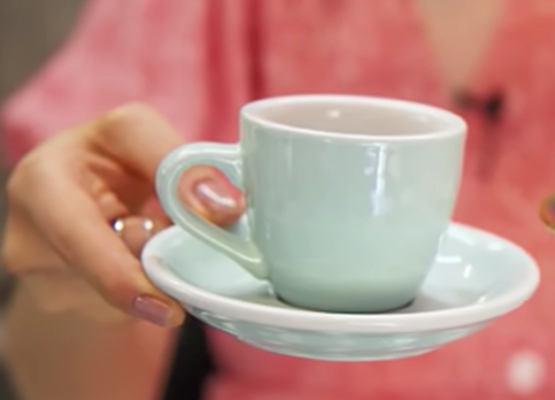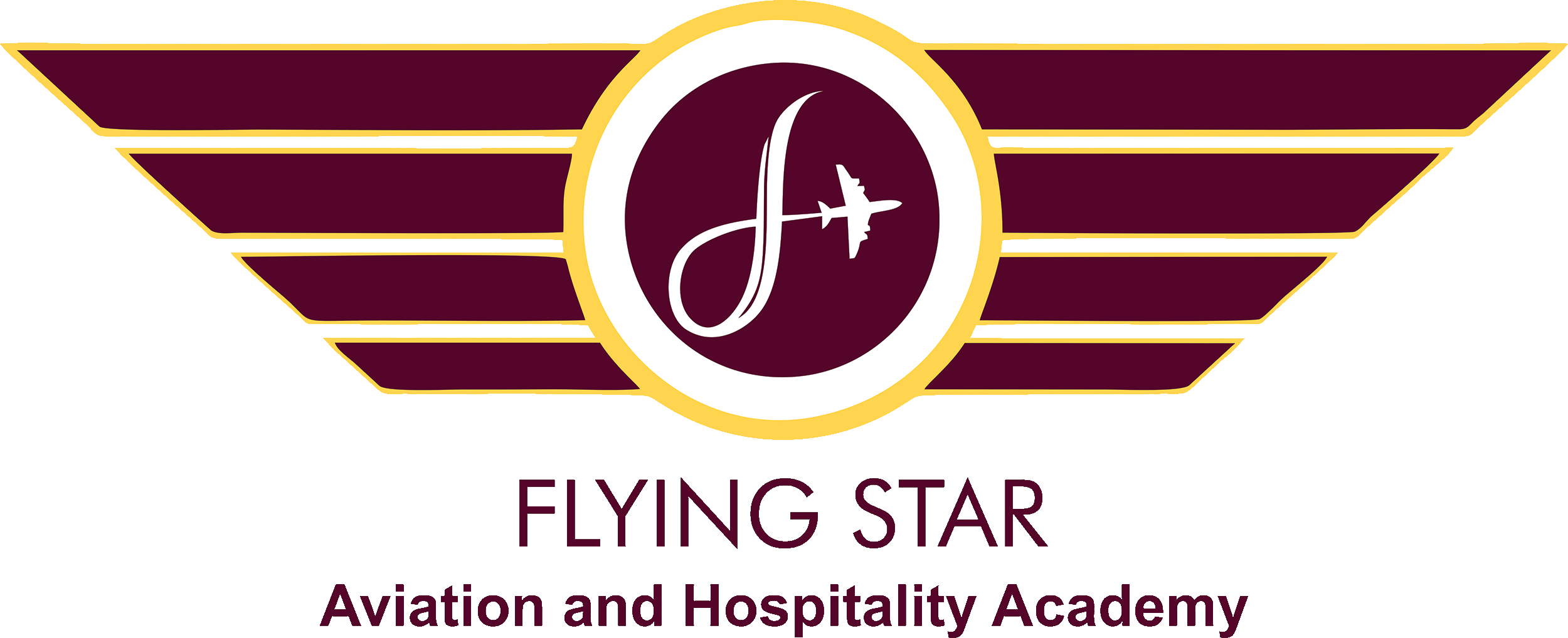10 Most Common Etiquette Mistakes
- September 7, 2022
- By Anukriti Sharma
- Tips

10 Most Common Etiquette Mistakes
Etiquette is important, and many people make etiquette mistakes unconsciously. Here are a few of the most common etiquette mistakes.
1. Not thanking the gift giver on time
Many people are guilty of this, and they frequently forget to thank the giver on time, or even at all. Even if you haven’t had a chance to open the gift and see what’s inside, it’s essential to express gratitude as soon as you receive the gift.
You must thank the giver and inform them that the gift has arrived. Once you’ve unpacked the gift, send another message to express your appreciation for the gift and highlight the positive sides of it, as well as how considerate the gift giver was to offer it to you.
2. Responding “No problem” to “Thank you”
This is a common error made by many people. To react to a “Thank you” with a “No problem” is something we’ve recently added into our daily lingo. With this, you’re implying that whatever the person has requested you to do was a burden, a problem. So now you’re admitting that it’s not a problem for you.
It used to be as simple as “You’re welcome” or “It’s my pleasure”, which is the proper way to respond.
3. Greeting people you don’t know with “Hey”
I’ve seen this done on the streets, in messages, in emails, and even on social media platforms. But you must always address someone you don’t know for the first time or someone older than you with a ‘Hi’ or ‘Hello.’
Do not use the word ‘Hey,’ it is inappropriate for someone who is older or for someone you do not know personally.
4. Man extending hand first to handshake woman in a social setting
In a social setting, females are always prioritized, so women have more authority to decide where to sit, get the best view, and decide whether to handshake a man.
Always wait for a woman to extend her hand first. If a man does not do so and extends his hand first to a woman:
- She may not respond at all. And the man’s hand will be just hanging there, which will not make him feel at ease.
- He will put the woman in an awkward situation in which she has to respond but isn’t particularly eager to do so.
Gender, on the other hand, plays no role in business etiquette. It is your rank, your position, that will determine who needs to extend the hand to whom first.
5. Sneezing in your right-hand palm
It’s not right, it’s impolite, and it’s not hygienic to sneeze just like that. Because we usually extend our right hand for a handshake. As a result, the chances of you passing on your germs to someone else are much higher.
When you need to sneeze, you can either sneeze into your elbow or use the left upper palm of your hand. Turn your head away from the person you’re talking to, simply apologize and cover your mouth.
6. Pointing at people with fingers
Let’s say you’re in a meeting and you need to say “She raised this point.” and you’re just pointing at her. It is considered impolite in many cultures to point at people with your fingers, so instead, use your full hand to gesture towards the person.
7. Mispronouncing or misspelling someone’s name
This appears to be very obvious, and why would anyone misspell or mispronounce someone’s name when they can see it?
I tend to receive lots of emails in which people misspell my name, and address me as either Jammy or Jamelia, or people see how I sign off my name in an email and still address me incorrectly.
This is quite disrespectful to the person to whom you’re speaking and might cause them to not take the email seriously. Always double-check that you’re spelling their name correctly and capitalizing the initial letter when writing.
When you’re addressing someone in person, make sure you pronounce it properly. If you don’t know how to say it, it’s acceptable to ask “Could you teach me how to pronounce your name correctly?” And I can promise you that the person would prefer you to ask that rather than using a false or mispronounced name throughout the conversation.
8. Placing utensils on the table after using them
Once you’ve taken up your utensils and eaten anything, you can never put them back on the tablecloth.
If you’re taking a break, you’ll need to make sure that they stay on your plate.
If you’re finished, simply set them in this position:

Alternatively, you can change utensils to this position:

They must, however, remain on the dish once they have touched the food.
The knife and fork go either straight up and down in the centre of the plate with the handles resting on the rim, or pointing between 10 and 4 o’clock. In each case the tines of the fork should be facing up, and the knife edge pointing in.
- Your napkin should be half-heartedly folded to the left of your plate.
- Do NOT rest the cutlery on the table.
- Do NOT cross the cutlery over each other in an X.
- Do NOT put your napkin on your plate.
- Do NOT perfectly refold your napkin.
- Do NOT put your napkin on your chair.
- Do NOT fold your napkin into the shape of a swan or a dead chicken and then leave the restaurant wearing it as a hat.
9. Confusing the drinking glasses
Picking up the wrong glass is a common etiquette mistake. I’ve seen this done numerous times at various parties and birthday celebrations, where individuals are confused after they’ve stood up, danced, returned to their seats, and are concerned as to which of these two glasses is actually theirs.
In order to avoid any confusion, keep this rule in mind. Form a circle using both hands. Your left hand will represent the letter B which corresponds to bread and butter, while your right hand will represent the letter D which corresponds to your drinks.
Once you’ve mentally completed this image, you’ll know that the letter D which corresponds to your drinks, actually refers to your drink glasses. Everything you’re drinking will be placed on the right side of the plate.
10. Sticking a pinkie out when holding a teacup
The proper way to hold the teacup is to pinch your index and thumb through the handle and then use your middle finger as a support for the cup handle. Then your ring finger and pinky are tucked inwards, so you can hold the teacup without having to extend your pinky.
Related Blogs

- September 7, 2022
- By Anukriti Sharma
COFFEE ETIQUETTE
HISTORY There are two stories about the discovery of coffee beans and their origin. According to one legend, they were discovered by.

- August 16, 2022
- By Anukriti Sharma
Tips To Make You More Confident
When we look at someone who appears to be confident, we cannot always pinpoint one factor that we believe makes them appear.

